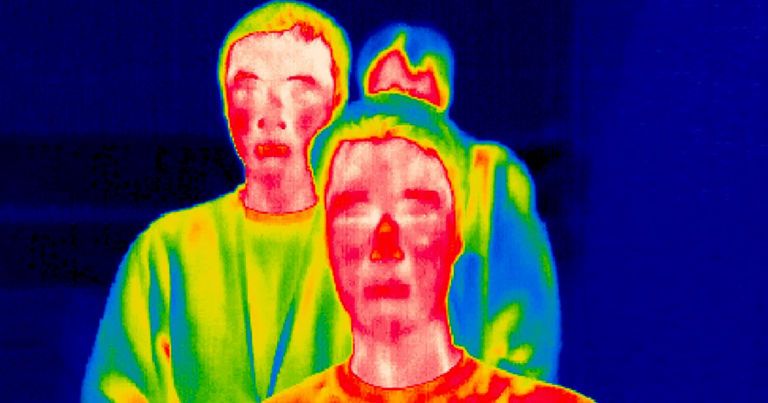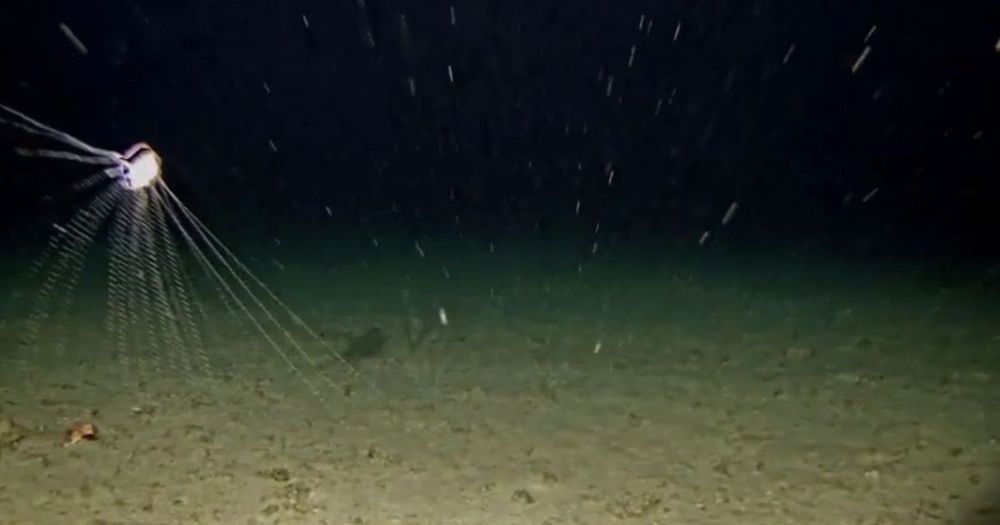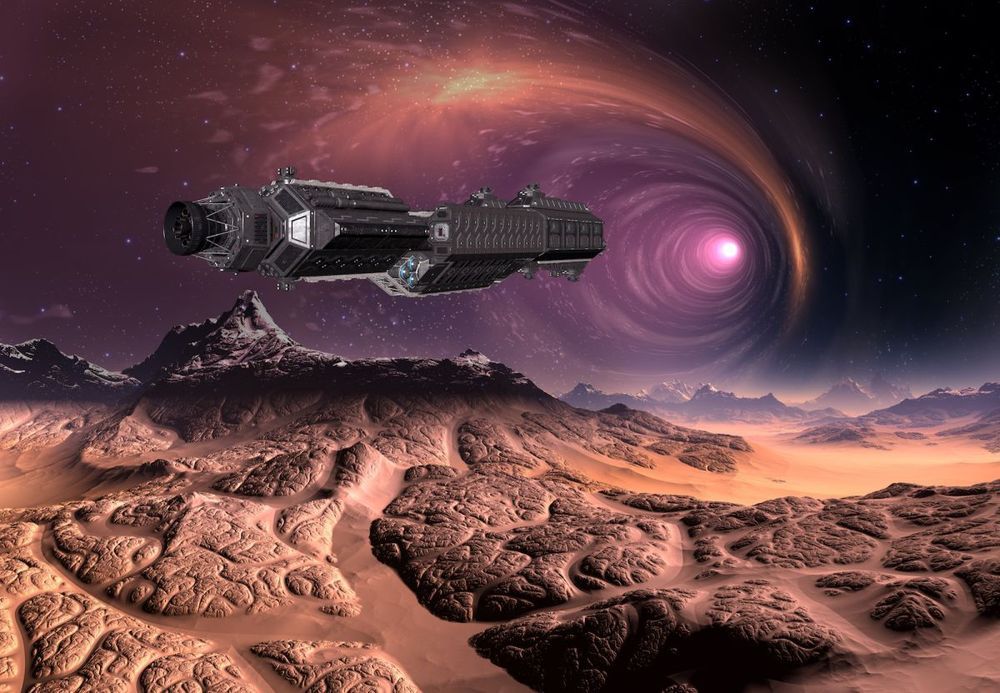Check your blood glucose without fingersticks using the FreeStyle Libre System, a continuous glucose monitoring system that includes a sensor and reader.
Category: electronics – Page 71
Graphene forms under microscope’s eye
You don’t need a big laser to make laser-induced graphene (LIG). Scientists at Rice University, the University of Tennessee, Knoxville (UT Knoxville) and Oak Ridge National Laboratory (ORNL) are using a very small visible beam to burn the foamy form of carbon into microscopic patterns.
Scientists record the formation of foamy laser-induced graphene made with a small laser mounted to a scanning electron microscope. The reduced size of the conductive material may make it more useful for flexible electronics.
Excalibur S GPS/laser-guided artillery shell homes in on moving target
Raytheon and the US Navy have successfully fired a precision-guided munition that can be fired from a howitzer and zero in on a moving object. The recent test of the Excalibur S round not only demonstrated its ability to switch from GPS to laser guidance to find its target, but also that its electronics and sensors can withstand the shock of being fired out of a gun.
The Excalibur S is the latest variant of Raytheon’s Excalibur line of smart projectiles. Developed by Raytheon and BAE Systems Bofors, it uses the GPS technology from the Excalibur Ib, and combines it with a semi-active laser seeker that allows it to home in on moving land and maritime targets with a miss radius of under two meters (6.5 ft).
The Excalibur system is designed to work with a variety of artillery and can extend the range of a .52 caliber gun to over 50 km (31 mi) to hit or damage its target with the first round. When the Excalibur S is first fired, it uses GPS to make its initial target fix, then switches over to its laser sensor to home in on an outside targeting beam.


Maxar says last year’s unnamed GEO order is new Intelsat satellite
WASHINGTON — Maxar Technologies says the geostationary satellite order it disclosed in November without naming the customer is a high-throughput Intelsat spacecraft that will also carry a pollution sensor for NASA.
Intelsat announced Feb. 3 that it had selected Maxar to build Intelsat-40e, a satellite that will provide high-throughput coverage of North America and Central America.
Intelsat-40e will also carry NASA’s Tropospheric Emissions: Monitoring of Pollution (TEMPO) hosted payload under a NASA contract with Maxar.

Rare ‘floating city’ deep-sea creature caught on camera by stunned scientists
A creature so rare that it has only a few recorded sightings across the world has been caught on camera by stunned scientists.
The benthic siphonophore, which looks like a single animal, is actually a “floating city” of many smaller organisms working together.
The creatures are so rarely seen that their ecology is almost unknown, though they are thought to make their home at depths of up to 3000m.
Spacewalk to Repair Alpha Magnetic Spectrometer Outside International Space Station on Jan. 25, 2020
Live Spacewalk: Watch as astronauts complete the intricate process of repairing the Alpha Magnetic Spectrometer (AMS), a dark matter and antimatter detector outside the International Space Station.
On Sat., Jan. 25 at 6:50 a.m. EST, tune in for a live spacewalk as Luca Parmitano of the European Space Agency (ESA) and Andrew Morgan of NASA perform the fourth and final spacewalk to repair AMS, which has far outlived its planned three-year lifespan. In addition to revitalizing an important piece of scientific equipment, the process of creating the tools and procedures for these spacewalks is preparing teams for the types of spacewalks that may be required on Moon and Mars missions.

